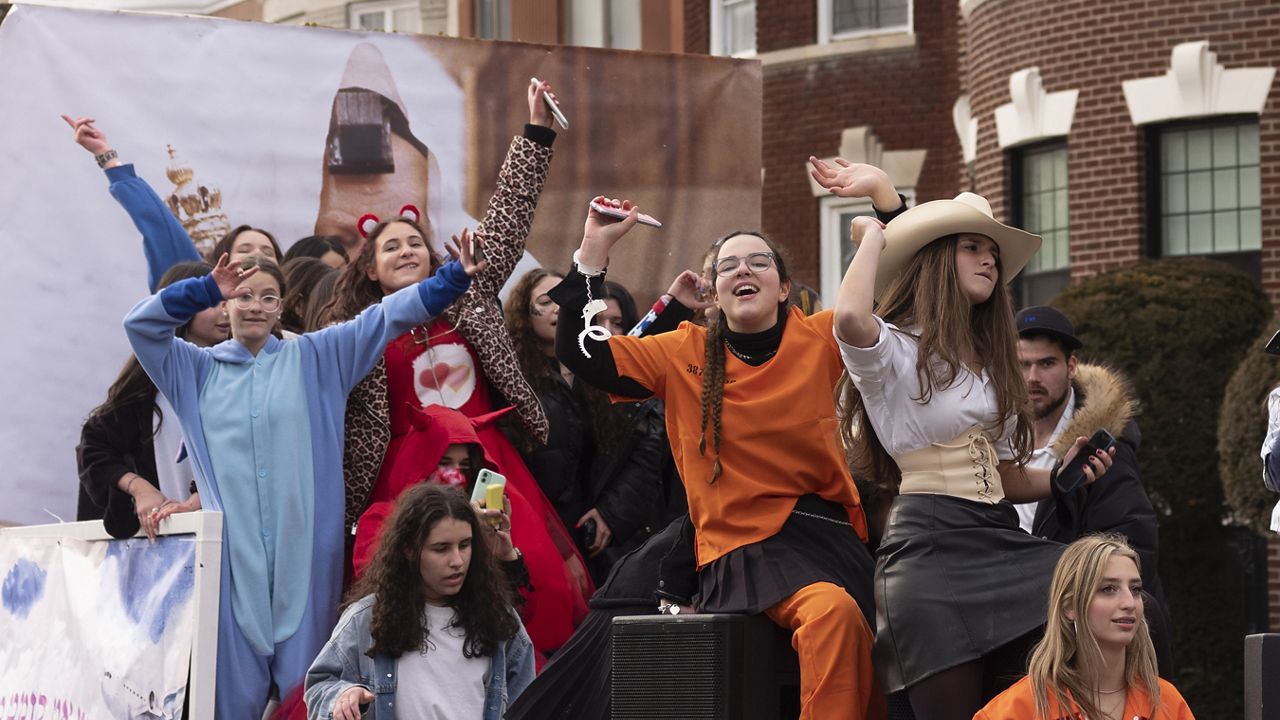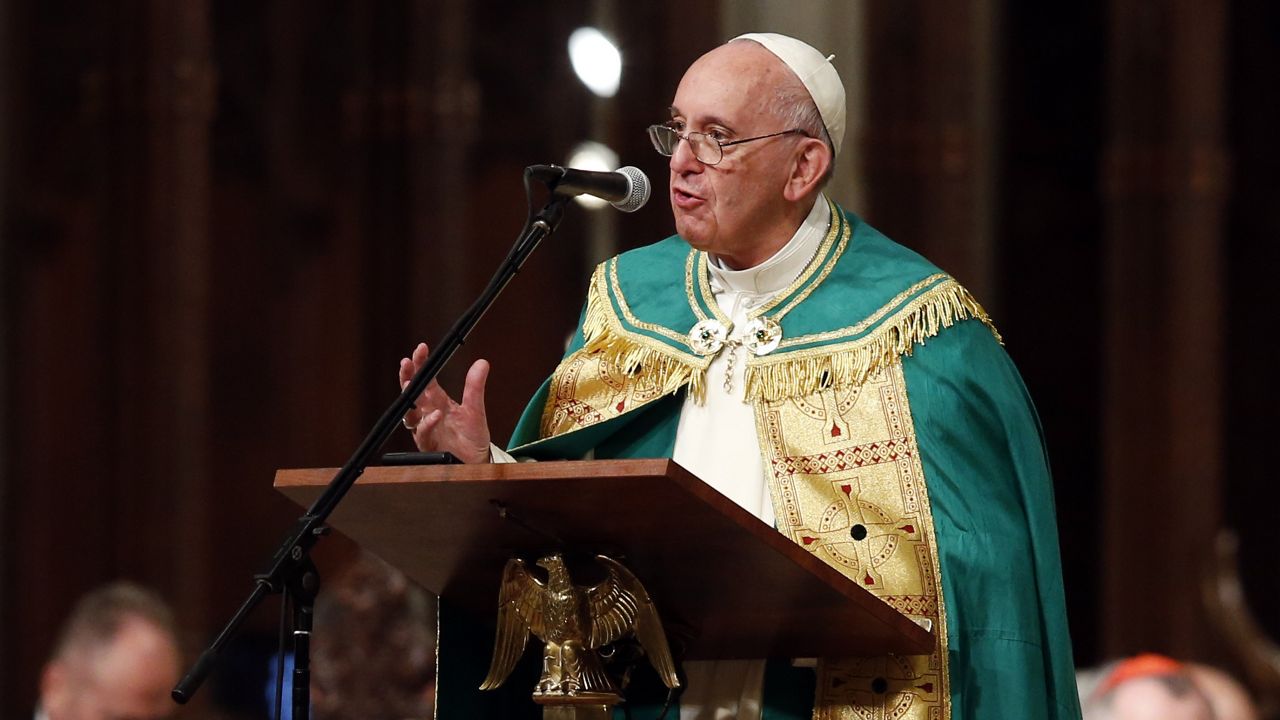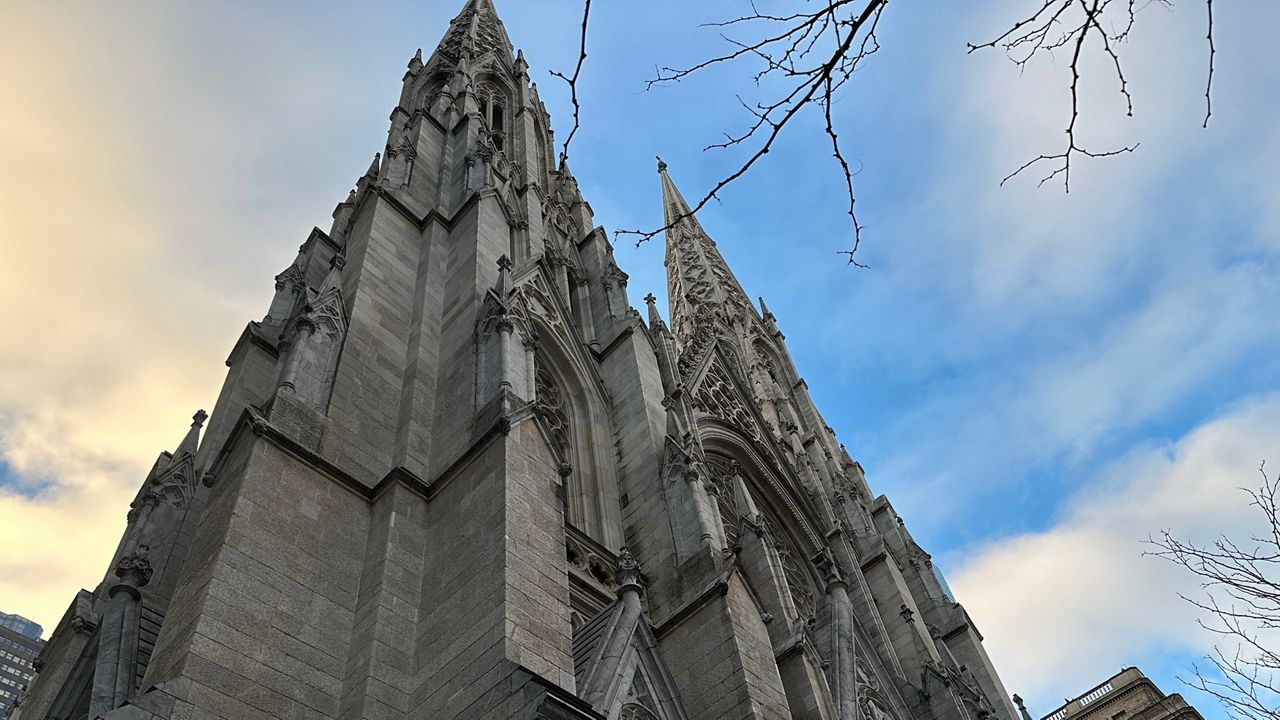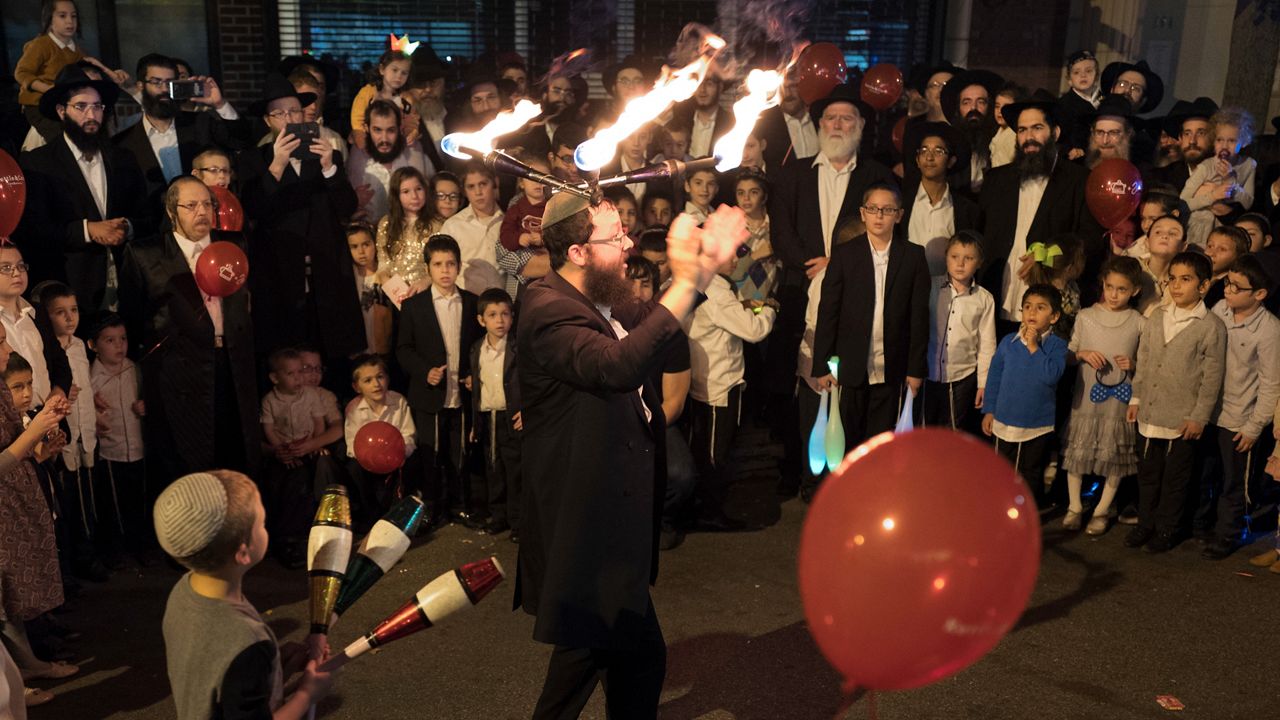Purim, a Jewish holiday, will be celebrated this weekend. Here is a guide to the holiday, including various ways to celebrate in New York City.
What is Purim?
Purim is considered one of the most fun, happy and joyous holidays on the Jewish calendar. It is a festival that commemorates the saving of Jewish people living in ancient Persia.
“In one word, I would say Purim is a day of joy,” Benny Rogosnitzky, the cantor at Park East Synagogue on the Upper East Side, told Spectrum News NY1 last year. “There is rarely, if ever, a day filled with more joy, happiness and sincere celebration more so than Purim.”
The history of Purim
In the fifth century B.C., the Persian Empire ruled 127 lands. When Haman was appointed prime minister of the empire, he ordered the annihilation of all Jews in Persia.
“He came up with this idea that the Jews are this group that excludes themselves from everyone else, and they are out to harm the monarch and there is no reason for them,” Yehuda Lipskier, rabbi and executive director of Chabad of the West Sixties on the Upper West Side, said in 2023. “He thought they were different.”
Esther was the Jewish wife of Ahasuerus, the Persian king. But Ahasuerus did not know that his wife was Jewish because she had hidden her faith.
When Esther revealed she was Jewish to the king and informed him of Haman’s plan to exterminate her people, Ahasuerus revoked the order, and “the whole story flipped,” Lipskier said.
The Hebrew Bible’s Book of Esther, which recounts the story of Purim, does not directly mention God.
“There was not splitting of the sea or water turning into blood,” Lipskier said. “This was a natural event with political maneuvering.”
When is Purim?
Purim is celebrated annually on the 14th day of the Hebrew month of Adar.
During leap years, an extra month — Adar II — is added, and Purim takes place on the 14th of Adar II. Leap years occur every few years in the Hebrew calendar.
This year, Purim begins on Saturday, March 23 at sunset and continues through Sunday, March 24.
The modern significance of Purim
Purim is an affirmation of Jewish salvation and resilience.
“There is something very beautiful about a holiday where we discuss a dire existential threat,” Margo Hughes-Robinson, the New York organizer at Manhattan-based rabbinic human rights organization T’ruah, said last year. “A resolution of existential fear is in community building and expanding the circle of who we think of as part of us.”
Haman symbolizes the oppression of the Jewish people, and the story of Purim represents Jews overcoming their oppressors.
“Haman represents pure evil,” Elie Weinstock, the president of the New York Board of Rabbis, said in 2023. “This is similar to the antisemitism we see today and, quite frankly, all sorts of baseless hatred for those who are different.”
Many people view Haman’s foil, Esther, as a role model — when given the choice to hide her true identity or attempt to save her people, she chose the latter.
“She models the need to be proactive and not sit on the sidelines,” Weinstock said. “Some also see her a role model for women to take active roles in leadership.”
The traditions of Purim
Purim is celebrated with food, charity and gatherings.
“The four observances of the holiday are to read the book of Esther, give charity to at least two needy individuals, share the gift of food with at least one friend and partake in a festive meal,” Weinstock said.
Jews all over the world share the story of the Book of Esther on Purim, also known as the megillah, which recounts the full story of the Purim miracle.
This is sometimes a loud and raucous affair, one that occasionally involves a public audience. Many times, people boo or holler whenever Haman’s name is mentioned.
Like many Jewish holidays, food and drink are exchanged during Purim. Some also give food to the poor so they can participate in the festivities. And family and friends send mishloach manot — also known as Purim baskets — to each other, which are full of food, drinks and sweet treats.
On Purim, some who celebrate also dress up in costumes, have carnivals and participate in parades.
“The name of the game is to have fun and be happy being Jewish,” Weinstock said.
Additionally, some Jewish people honor Esther by participating in the Fast of Esther. This year, the fast falls on Thursday, March 21.
The Israel-Hamas war
This year will mark the first Purim since the start of the Israel-Hamas war. This conflict officially began Oct. 7, 2023, when Hamas launched a surprise attack on southern Israel from the Gaza Strip.
Hamas militants killed over 1,000 people in the ambush, and they took hundreds more as hostages. Some believe that Hamas is still holding over 100 captives.
"This Purim, we pray that humanity may triumph over intolerance, senseless violence and hate," Avrohom Weinstock, the chief of staff and director of KnowUs, a project of Agudath Israel of America, said Tuesday.
Antisemitism has been on the rise in the United States since the start of the war. Between Oct. 7 and Dec. 7, the Anti-Defamation League recorded a total of 2,031 antisemitic incidents in the U.S., a 337% increase year-over-year and the highest number of incidents during any two-month period since the organization began tracking these events in 1979.
The story of Purim has always been about Jews escaping annihilation, but for many Jews, that theme hits closer to home this year.
"While some may wish to put aside the tension and despondency of world events for a weekend that is supposed to be about celebration, many have committed extra prayer and good deeds this Purim, as they have throughout the war, as a merit for the release of the hostages and positive outcomes in the region," Weinstock said.
What are hamantaschen?
Purim has become synonymous with hamantaschen, which are three-cornered pastries typically filled with things like apricot jam, prunes, chocolate or poppy seeds.
Some believe that hamantaschen symbolize the three-cornered hat that Haman wore, and by eating a hamantash, it symbolically destroys his memory. Others think the pastries represent Haman’s pockets that were filled with bribes, the three patriarchs — Abraham, Isaac and Jacob — and even fertility.
“For more adult audiences, I have read that they represent fertility, especially when they have a red filling, like raspberry. It is an early spring holiday, after all!” Lev Meirowitz Nelson, the director of leadership and learning at T’ruah, said last year.
How is Purim celebrated in the city?
Purim-related events, carnivals and parties will take place this weekend across the five boroughs. Some of them are listed below.
- The Society for the Advancement of Judaism in Manhattan hosted a Purim celebration on Saturday.
- The Jewish Russian Learning Center of South Beach on Staten Island hosted a Purim party for adults on Saturday.
- B'nai Jeshurun in Manhattan is hosting a Purim carnival on Sunday.
- The Kings Bay Y in Brooklyn is hosting a Purim carnival on Sunday.
- Commonpoint Queens is hosting a Purim celebration on Sunday.
- Emanu-El Downtown in Manhattan is hosting a Purim circus on Sunday.
- The Bronx Jewish Center is hosting a Purim party on Sunday.
Editor's Note: A previous version of this story misstated the century in which the events that are part of the history of Purim took place.








